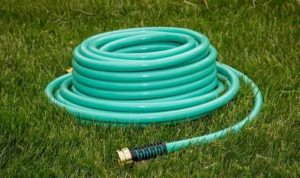A rose is a perennial flowering plant that has its stem armed with sharp prickles. Rose flowers vary in size, shape, and color, some ranging from white through yellow and red. They are widely grown for their beauty and their pleasant smell. Different sizes readily hybridize to develop a wide range of garden roses.
Table of Contents
Parts Of A Rose Plant
A rose has various sections, namely the stem, leaves, rosehips, and the petals. Each rose flower has petals that are divided into lobes that are usually white or pink. The leaves are borne on the stem. The stem has prickles on its underside.
The rose has an aggregate fruit that has a berry-like structure called the rose hips. If the flower is highly petaled, it may not produce a rosehip. The rosehip is known for it is rich in vitamin C content. Along the stem are sharp prickles know as thorns, and they enable the rose to hang onto another plant as it grows over it.
How To Grow Roses From Seeds
Growing roses from seeds are one way to get the rose producing. However, propagating the roses from seeds can take a lot of time compared to other methods. The following includes steps that you may follow when growing roses from seeds.
1. Stratification
This is the storage of rose seeds in cold, moist areas before planting them in the soil to sprout. The timing for the stratification process varies, and it may take up to 4 months. You may find that some seeds germinate during this process; the truth is that they usually not survive the transplant process. Therefore, do away with seeds that sprout during the stratification process to avoid disappointment.
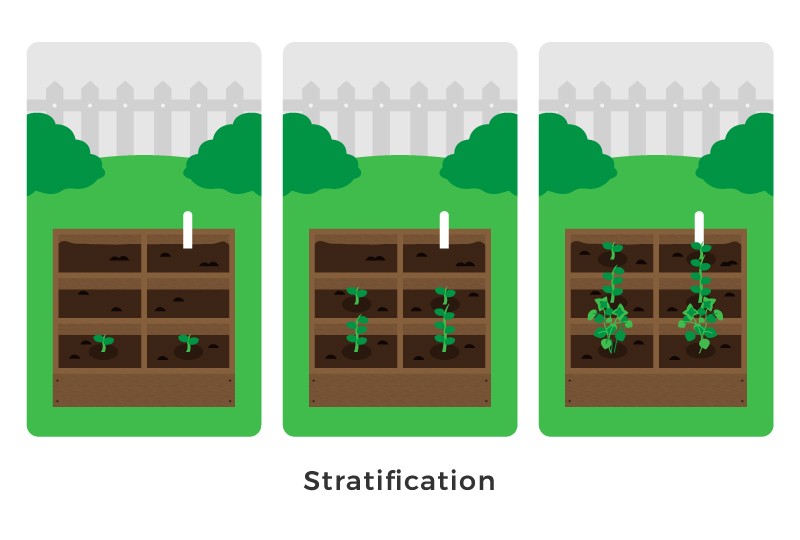
2. Sprout the seeds
After the stratification stage, rose seeds begin to sprout simultaneously. Take the containers from the refrigerator and put the seeds in a warm environment of about 21 degrees to grow further. Once the sprouting begins, it continues up to 2 or 3 weeks, and only 20% of your planted seeds will sprout.
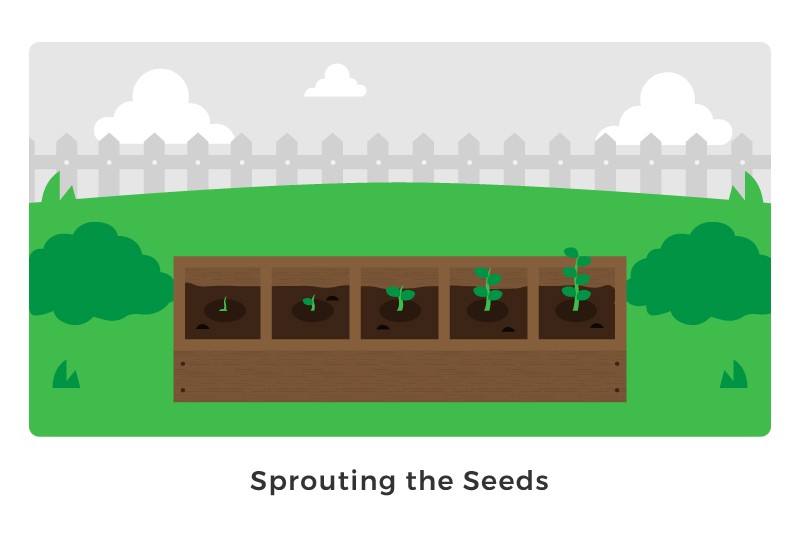
3. Transplanting
Once the seeds have sprouted, you can easily plant them elsewhere. During this process, do not touch the roots. It’s recommendable to use a spoon to avoid rot damage.
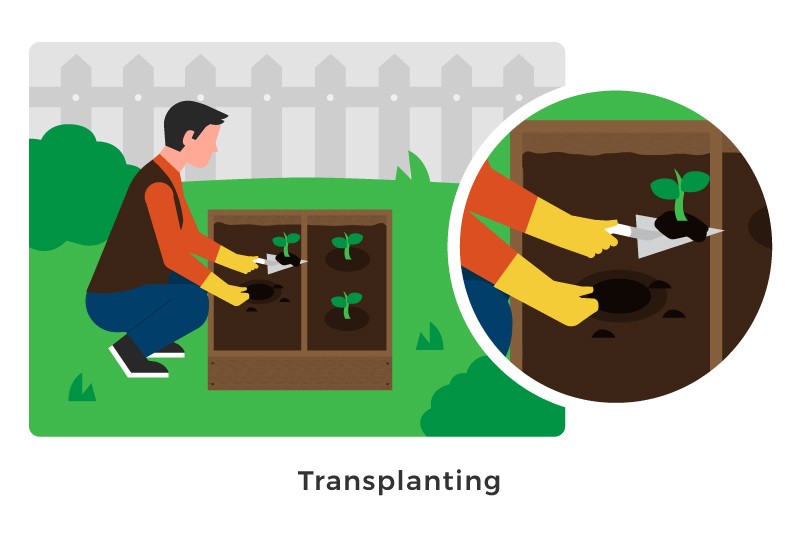
4. Fertilize
In your pot or transplanted area, feed the seedling with fertilizer to keep then nourished. You can also use fungicides as the seedlings grow to kill any fungal diseases at this vulnerable stage. Ensure that you water the seedlings to keep them hydrated and do not overwater them as this can ruin the seedlings.
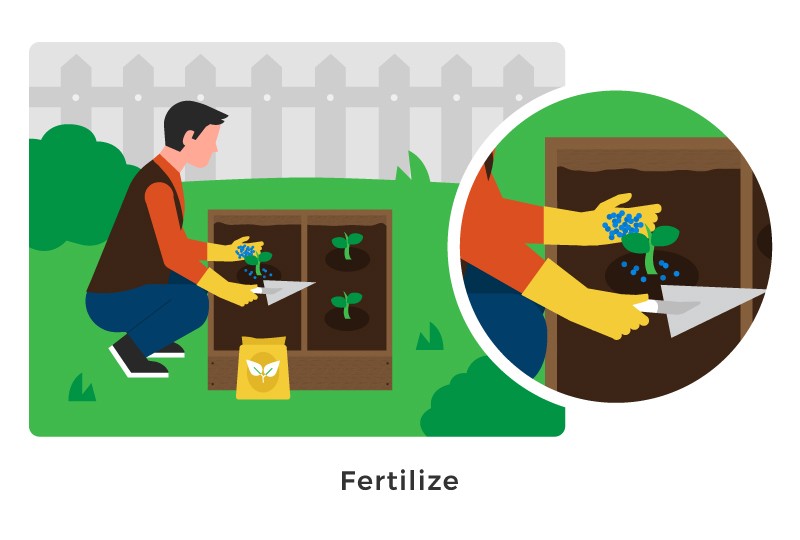
5. Lighting
Always provide a lot of light and ensure there is the proper air circulation of the rose seedlings. Good air circulation keeps away and helps control pests and diseases. You can eliminate roses with any pests or diseases that you notice and leave only the hardiest rose seedlings to avoid infection and pest transfers. Always keep watch of your roses until they are fully grown and enjoy their fragrance and beauty.
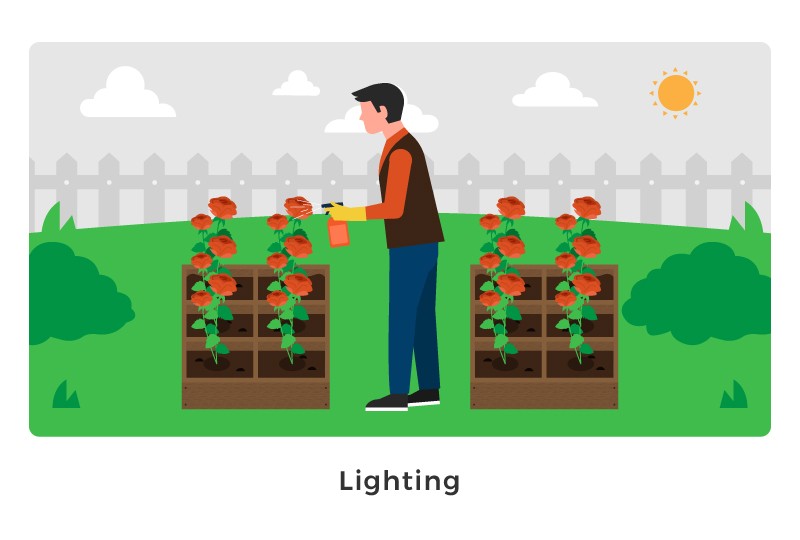
What Are The Uses Of Roses?
Making Perfumes
Industries in some countries use the rose oil obtained through steam distillation of crushed petals. Once the oil is extracted, they mix with essential elements and products to make perfumes.
Making Food and Drink
Rose hips can occasionally be made into jelly or jam, and they can also be brewed for tea as they have a high content of vitamin C. Additionally, rose hips are used to make skin products and makeup products. Rose petals are also used to flavor tea.
Medicinal Use
The rosehip is a significant source of vitamin C is used to make herbs and folk medicines. When mixed with other species, roses can be used to treat stomach problems. Currently, there are ongoing laboratory tests to check for the use of roses in the control of cancer growth.
Art and Symbolism
According to Greek history, roses were associated with the Aphrodite goddess as she wounded herself with the rose thorns and stained the rose-red with her blood. It, therefore, symbolizes beauty, love, and art. For this reason, people still use roses as gifts to their loved ones.
Summary
Roses are known as ornamental plants that are grown in the garden or indoors. They can also be used to make perfumes for their sweet fragrance. Alternatively, they are used as landscape plants, such as for slope stabilization.
Growing roses from seeds require a lot of patience and work input, as it can be challenging and strenuous. However, once they begin to sprout, they can reproduce. With the help of the above steps, it’s now smooth and more transparent on the stipulated ways to grow your roses from seeds.
A saying goes, ‘if you love roses, you must not be afraid of the thorns’, and it simultaneously symbolic in this case as you have to persevere the duration and struggle to grow roses from the seeds.




